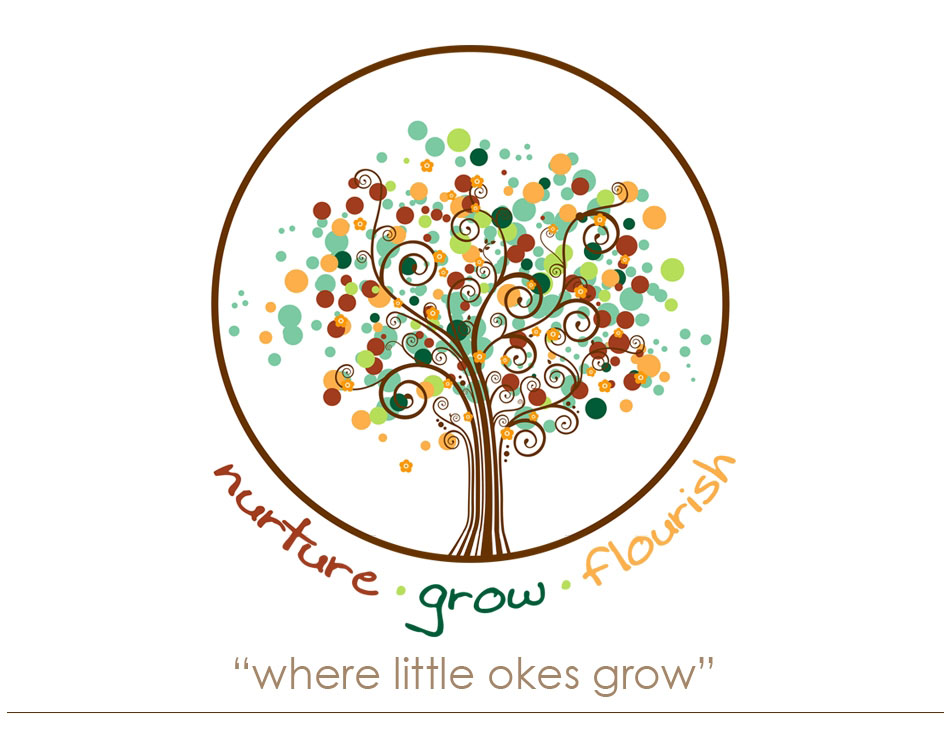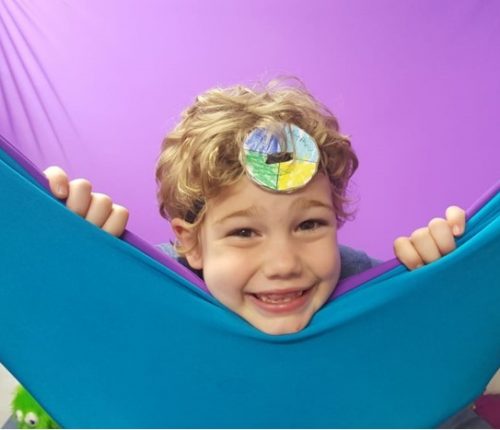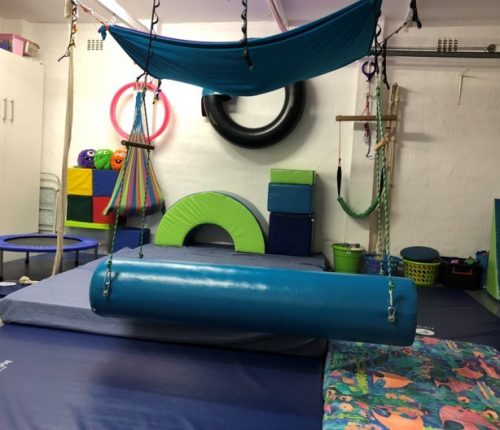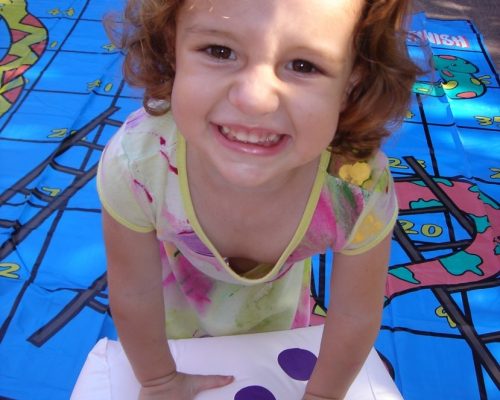Sensory integration – is the process by which a person receives, sorts, and processes information originating from their body and from their environment, through their senses, in order to produce purposeful, adaptive behaviours, in response to the demands of that environment.
The sensory systems we depend on for this information include visual, auditory (sound), gustatory (taste), olfactory (smell), tactile (touch), proprioceptive (joint position sense), and vestibular (balance and movement) senses. Effectively interpreting and integrating these sensations, enables us to learn and engage successfully with both objects and people, and so participate meaningfully in the roles we value.
The therapeutic framework of sensory integration was originally developed by Dr A. Jean Ayres, an Occupational Therapist, Psychologist, and Neuroscientist. Her approach was originally shown to be effective with children with learning and behavioural difficulties. It has since emerged as an evidence-based practice for use with children with autism, learning difficulties, hyperactivity and attention deficit, and dyspraxia.




